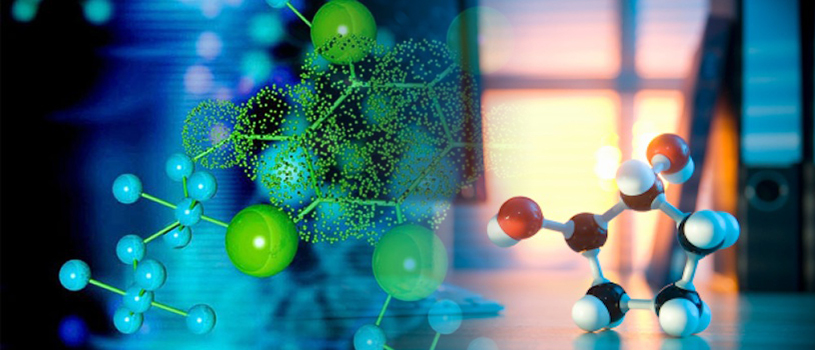
Scientists successfully produced the largest hybrid particles of light and matter ever created. These quasiparticles were made with the help of a piece of stone containing cuprous oxide crystals from an ancient deposit in Namibia.

Atos introduces the world's first commercially available machine-system capable of simulating up to 40 quantum bits (Qubits).

The simulator is designed to model and mimic complex physics phenomena in a way that is impossible with conventional machines, even supercomputers.

Physicists in Austria have come considerably closer to their goal to investigate complex phenomena in a model system: They have developed a digital, and therefore, universal quantum simulator in their laboratory, which can, in principle, simulate any physical system efficiently.

Experimental physicists have put a lot of effort in isolating sensitive measurements from the disruptive influences of the environment. In an international first, Austrian quantum physicists have realized a toolbox of elementary building blocks for an open-system quantum simulator, where a controlled coupling to an environment is used in a beneficial way. This offers novel prospects for studying the behavior of highly complex quantum systems.